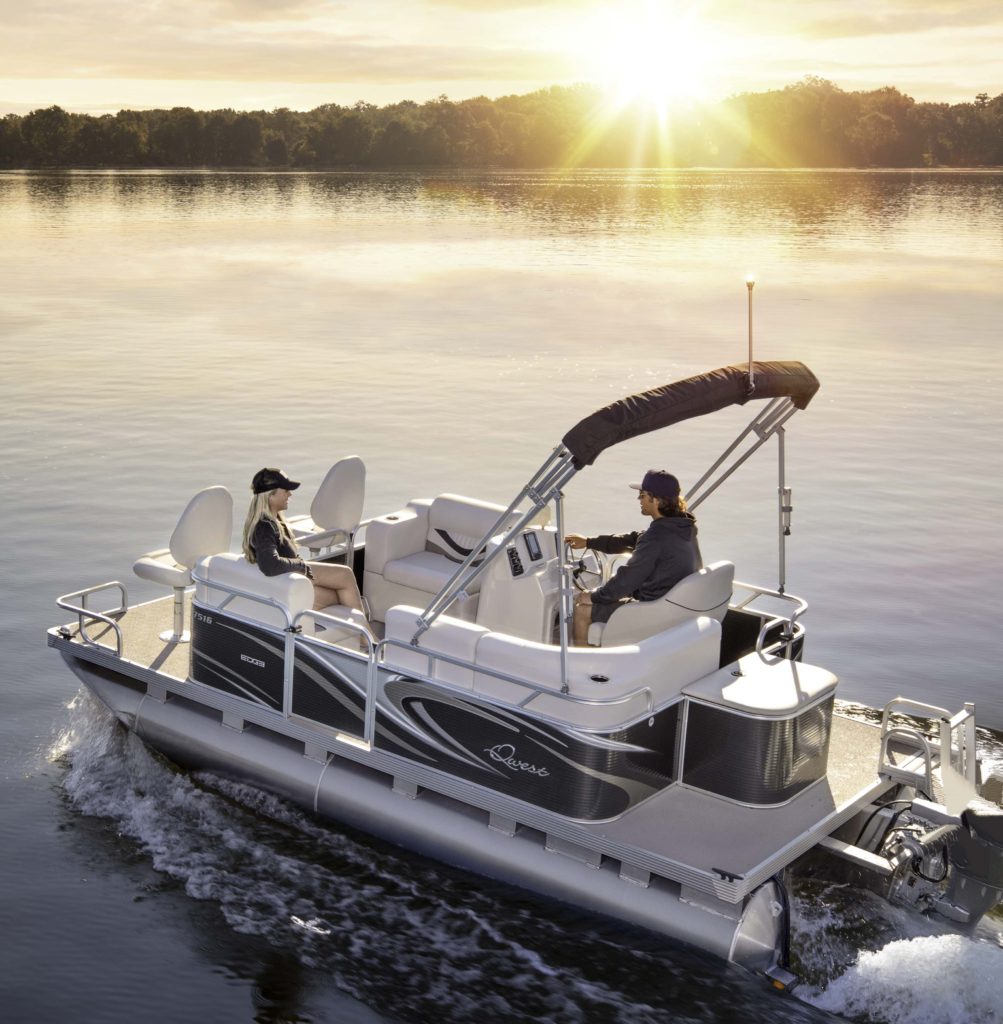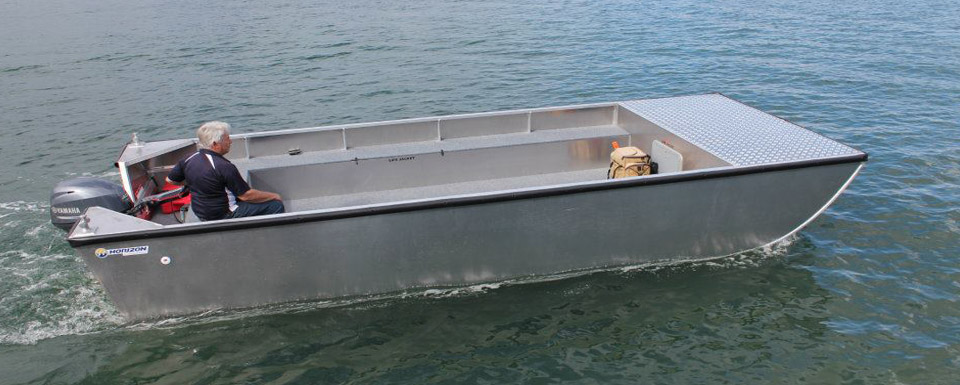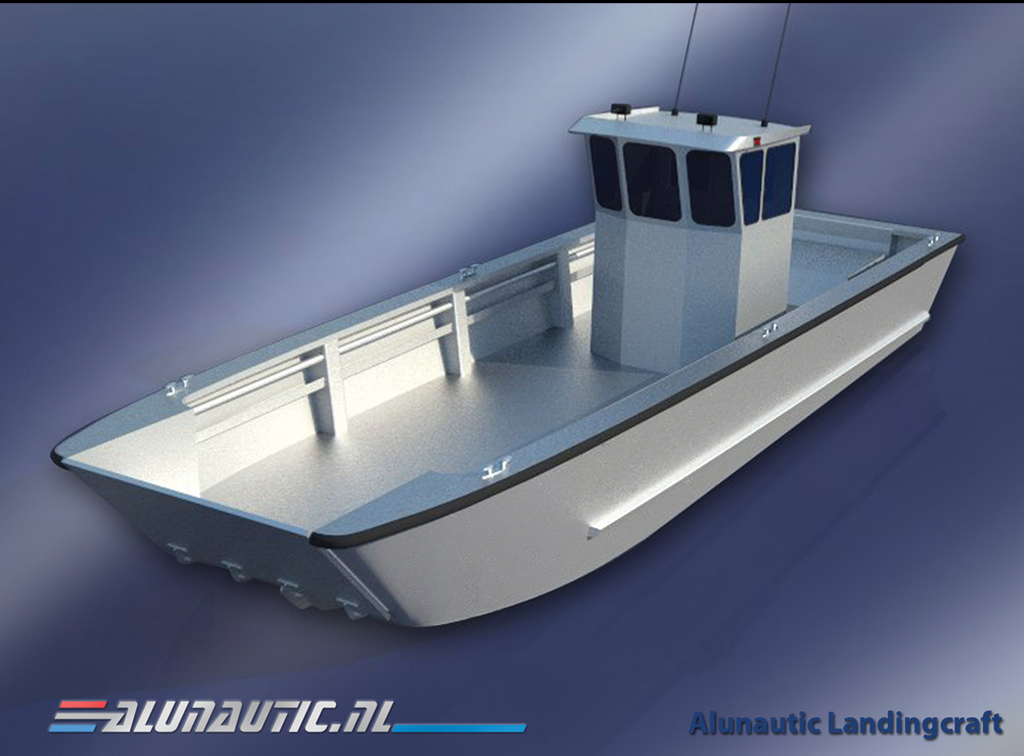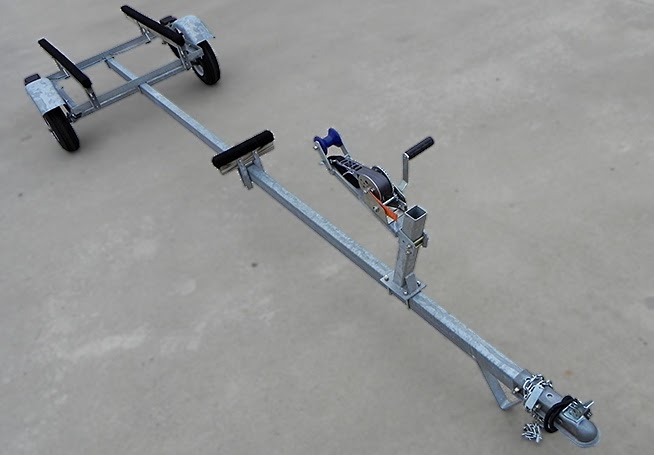Mid-Tier DIY Wooden Boat Plans: Classic & Modern Designs
So, you're dreaming of building your own wooden boat? That's awesome! It's a challenging, rewarding project that will test your skills and leave you with something truly special. But let's be realistic, building a boat from scratch isn't a weekend project. This article focuses on mid-tier plans – projects that are manageable for experienced DIYers with some woodworking skills, but still offer a significant challenge and a fantastic result. We'll explore both classic and modern designs to give you a good starting point for your boatbuilding journey.
Choosing Your Boat Type: Classic Charm vs. Modern Efficiency
The first big decision is choosing your boat's style. Do you envision yourself gliding across the water in a classic, graceful design, or are you more interested in a sleek, modern craft optimized for speed and performance? Both have their own unique appeal and construction considerations.
Classic Designs: Timeless Elegance
Classic designs often evoke a sense of nostalgia and craftsmanship. Think beautiful lapstrake designs, graceful dories, or sturdy skiffs. These boats are usually built using traditional techniques, which can add to the project's charm but also its complexity.
- Dories: These versatile, shallow-draft boats are excellent for fishing, exploring shallow waters, and even rowing. Many dory plans are available at a mid-tier skill level, offering a great balance of challenge and reward.
- Lapstrake Boats: The overlapping planks create a visually stunning hull. However, this construction method requires precise planning and execution, demanding a higher level of skill.
- Skiffs: These simple, robust boats are perfect for beginners looking for a classic feel. The construction is generally straightforward, making them a great option for a first wooden boat project.
Modern Designs: Speed and Functionality
Modern boat designs prioritize efficiency and performance. These often incorporate modern materials and construction techniques alongside traditional woodworking skills. You might find designs optimized for speed, stability, or specific activities like sailing or fishing. They often emphasize clean lines and a minimalist aesthetic.
- Strip-Planked Boats: This technique uses thin strips of wood glued and laminated together to form the hull. It allows for complex curves and a lighter, more efficient design. It's a bit more advanced than some other methods but results in an incredibly strong and elegant hull.
- Sailing Dinghies: Small sailing boats that are perfect for learning to sail and exploring coastal waters. Mid-tier plans often strike a great balance between simplicity and performance.
- Fast Motor Boats: Sleek, efficient designs built for speed. These typically require a good understanding of hydrodynamics and advanced woodworking skills to be able to build the curved shapes needed for the hull.
Finding the Right Plans: Where to Look
Once you've chosen a design, you'll need to find reliable plans. There are many sources available, but quality varies significantly. Avoid free plans unless you're extremely experienced; they often lack detail and crucial information. Instead, focus on reputable sources that offer comprehensive, well-documented plans.
- Boatbuilding Book Publishers: Many publishers specialize in boatbuilding plans and offer a wide selection of designs, skill levels, and styles.
- Online Boatbuilding Suppliers: Several websites specialize in selling boat plans, often with additional resources and support. Be sure to check reviews before purchasing.
- Boatbuilding Magazines: Some magazines regularly feature plans or refer to sources that provide boat plans.
When choosing plans, pay close attention to the following:
- Detailed Drawings: Clear, well-labeled drawings are crucial for accurate construction.
- Materials List: A comprehensive list of required materials, including quantities and dimensions.
- Construction Steps: Detailed instructions with clear explanations of each step.
- Support and Resources: Some plan providers offer additional support through forums or contact information.
Essential Tools and Materials: Be Prepared
Building a wooden boat requires a significant investment in tools and materials. Don't underestimate the costs involved. Here are some essential items:
- Hand Tools: Chisels, planes, saws (hand saws, coping saws, etc.), clamps, measuring tools, etc.
- Power Tools (Optional but highly recommended): A good quality jigsaw, router, drill, and sander can significantly speed up the process.
- Wood: The type of wood you choose will depend on the boat's design and your budget. Marine-grade plywood is a popular choice for its durability and water resistance. Other options might include cedar, mahogany, or other hardwoods.
- Fasteners: Screws, bolts, rivets, and other fasteners designed for marine use are essential.
- Epoxy and Fiberglass (Often): These materials are frequently used for sealing and strengthening the hull.
The Building Process: A Journey of Skill and Patience
The actual building process is where the real fun (and challenge) begins. Take your time, follow the plans meticulously, and don't be afraid to ask for help if you get stuck. The most important thing is to enjoy the process and learn from your experiences. Remember safety first, always wear appropriate safety gear!
Expect setbacks, learn from mistakes, and celebrate the small victories along the way. Building a wooden boat is a testament to human ingenuity and craftsmanship. Once your boat is finished, you'll have a tangible representation of your skill and dedication, a vessel ready for many adventures on the water.
Frequently Asked Questions
Q: How long does it take to build a wooden boat from plans?
A: This varies greatly depending on the size and complexity of the boat, your experience level, and the time you can dedicate to the project. Simple skiffs might take a few months, while more complex designs could take a year or more.
Q: What's the cost of building a wooden boat?
A: The cost varies significantly depending on the boat's size, materials used, and whether you already own necessary tools. Expect a significant investment, potentially several thousand dollars.
Q: Do I need prior woodworking experience?
A: While some experience is helpful, it's not necessarily required for mid-tier projects. However, a willingness to learn, patience, and attention to detail are crucial. Start with simpler designs if you're a beginner.
Q: Where can I get help if I get stuck?
A: Online boatbuilding forums are invaluable resources. You can also contact the plan provider, consult with experienced boatbuilders, or join a local boatbuilding club.
Q: What kind of maintenance is required for a wooden boat?
A: Wooden boats require regular maintenance, including cleaning, varnishing or painting, and occasional repairs. Proper maintenance is crucial to extend the life of your boat.
Happy boatbuilding!

















